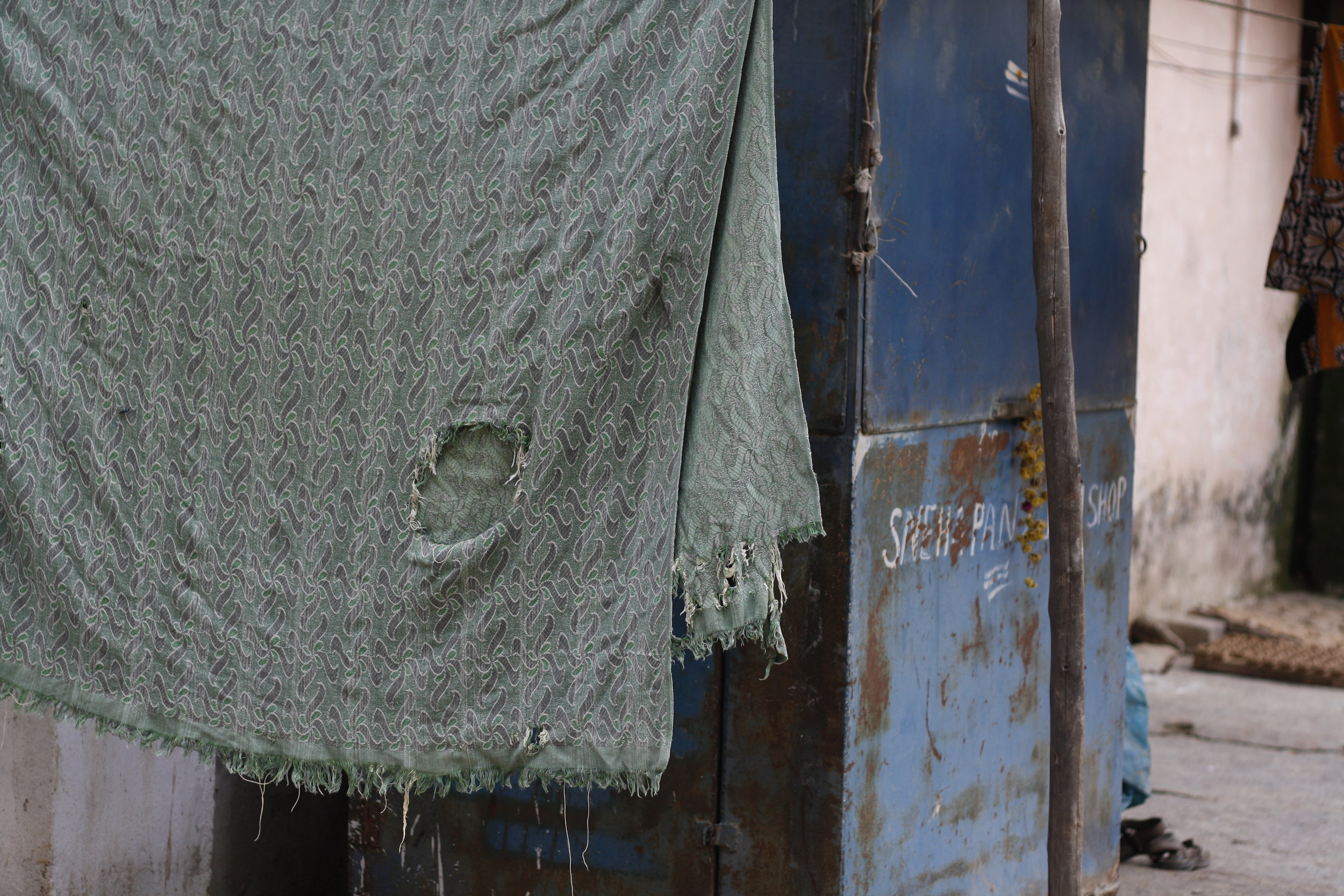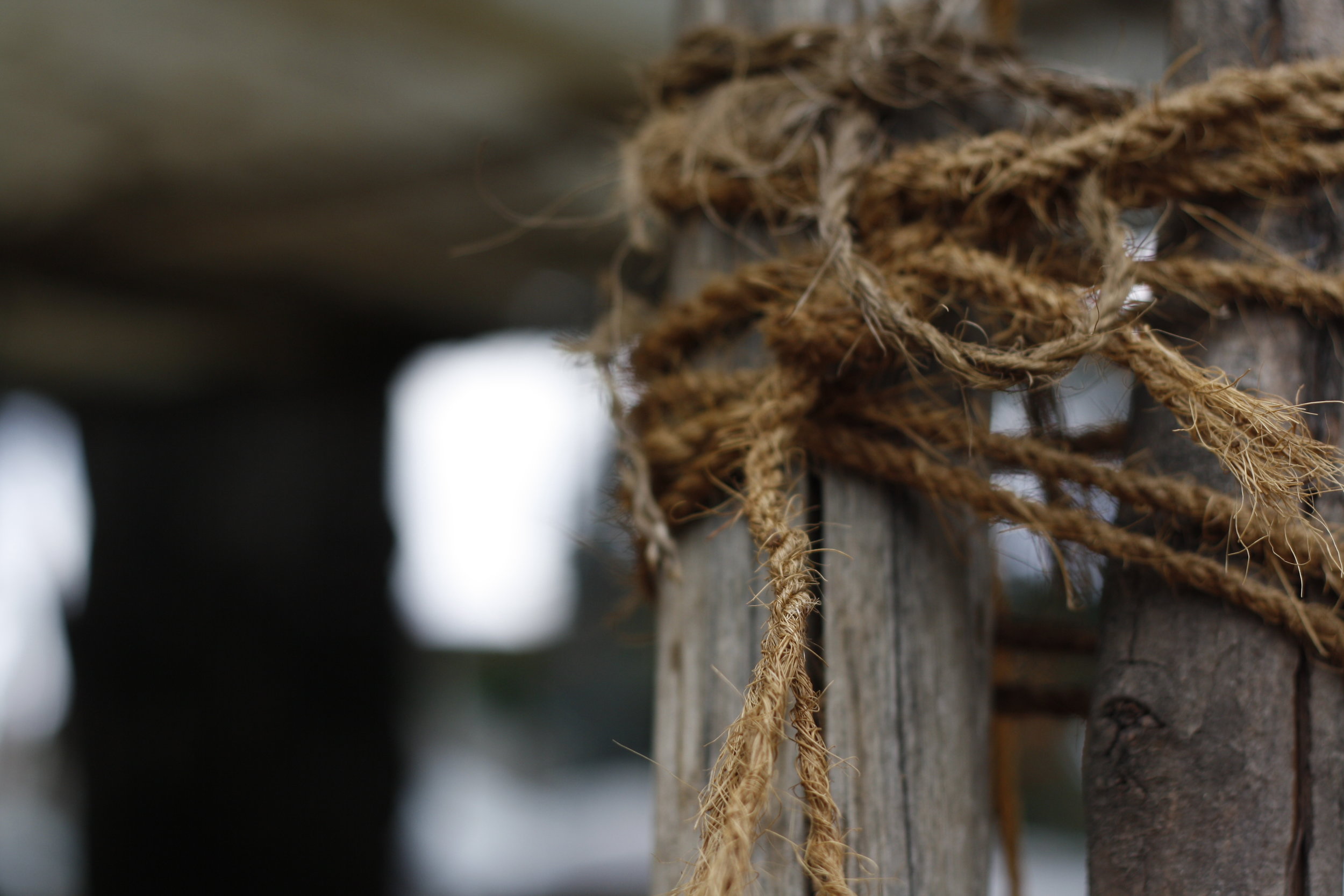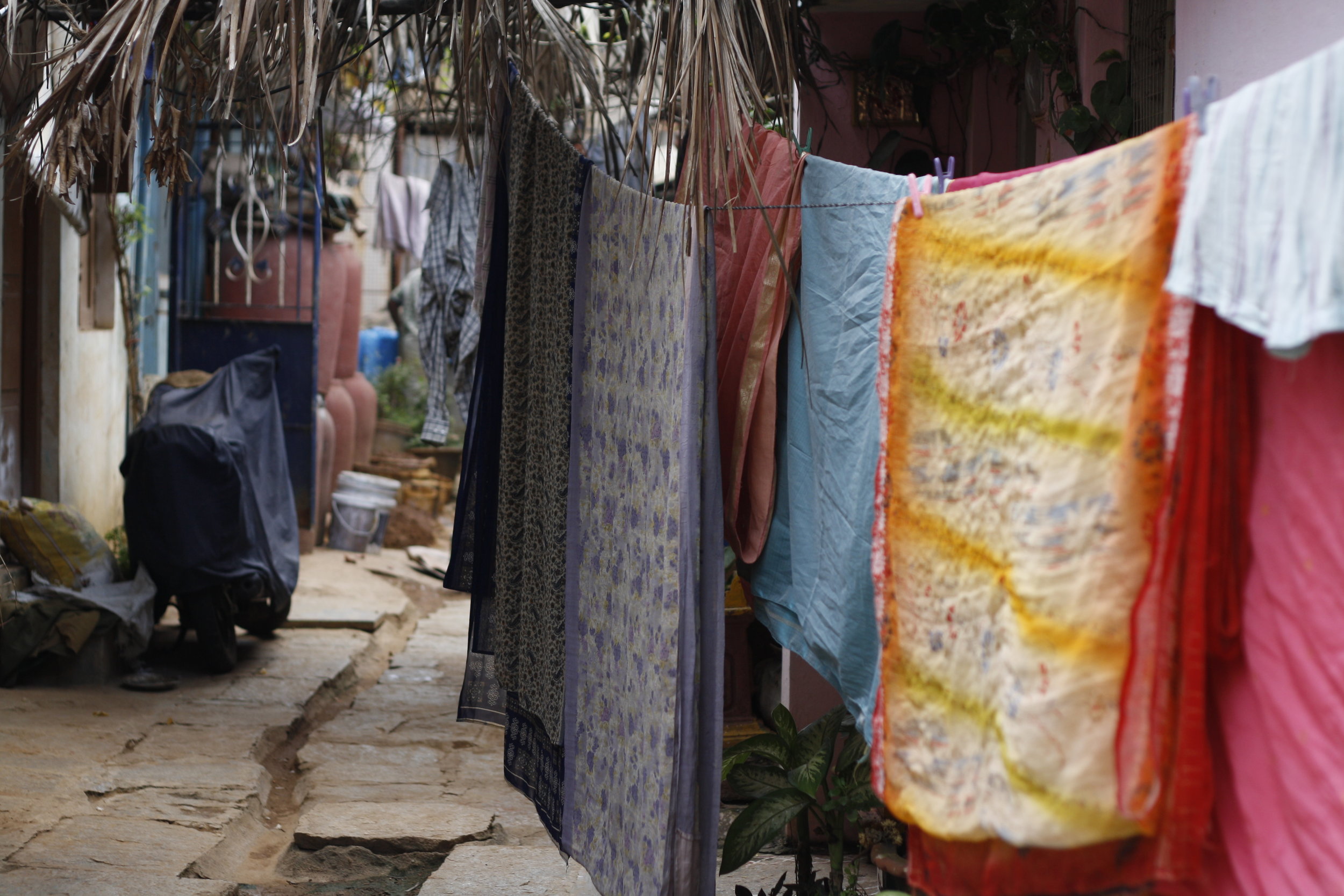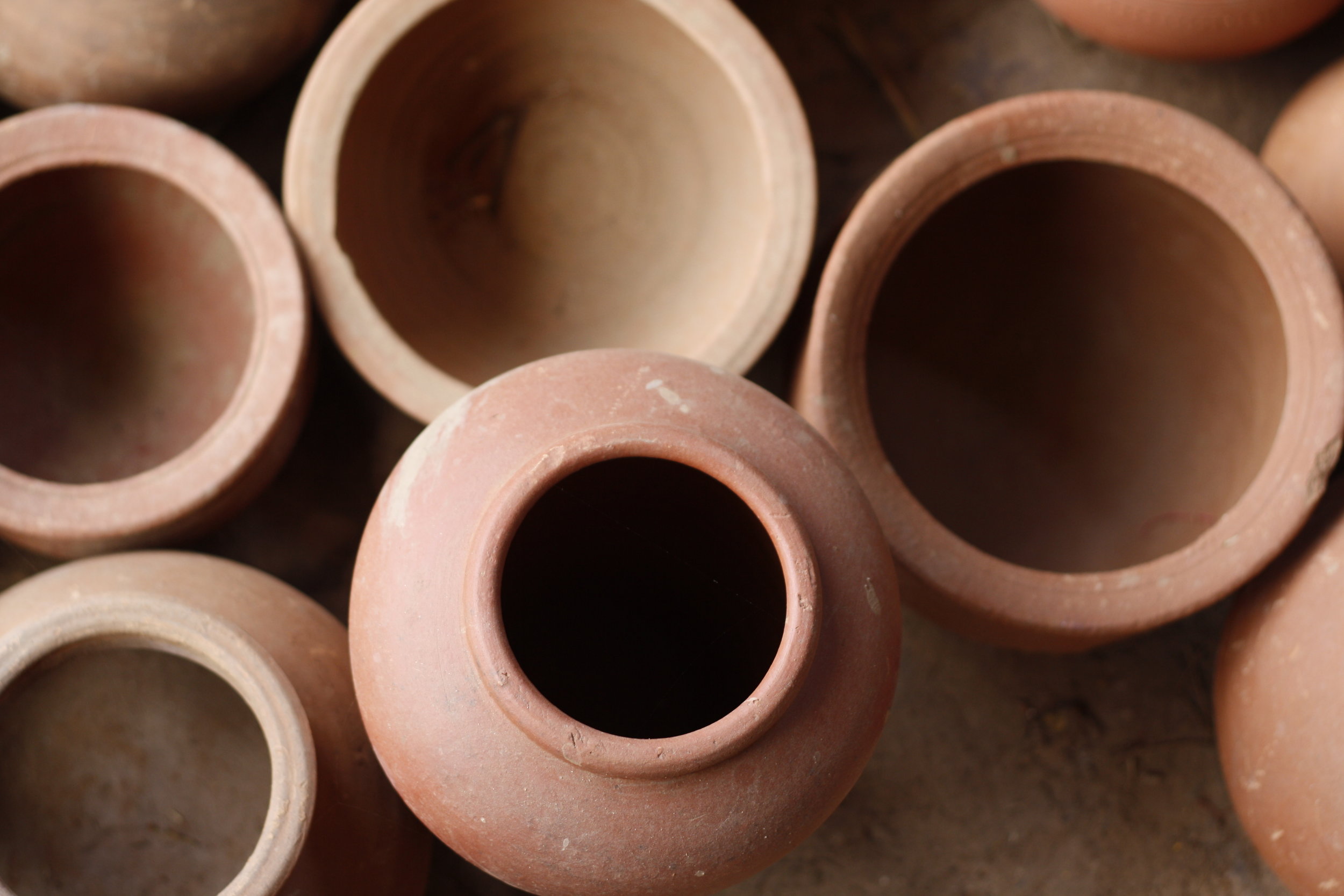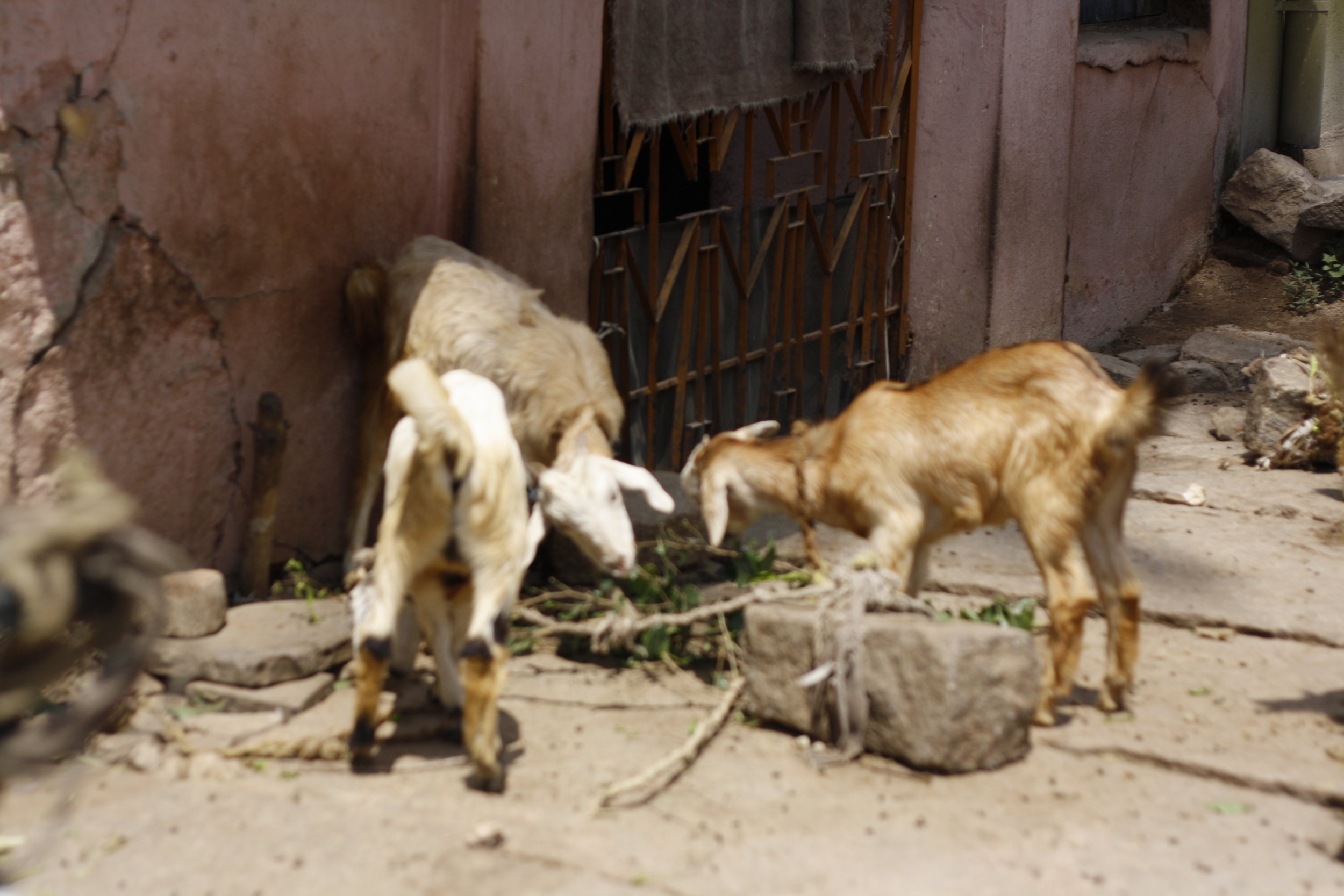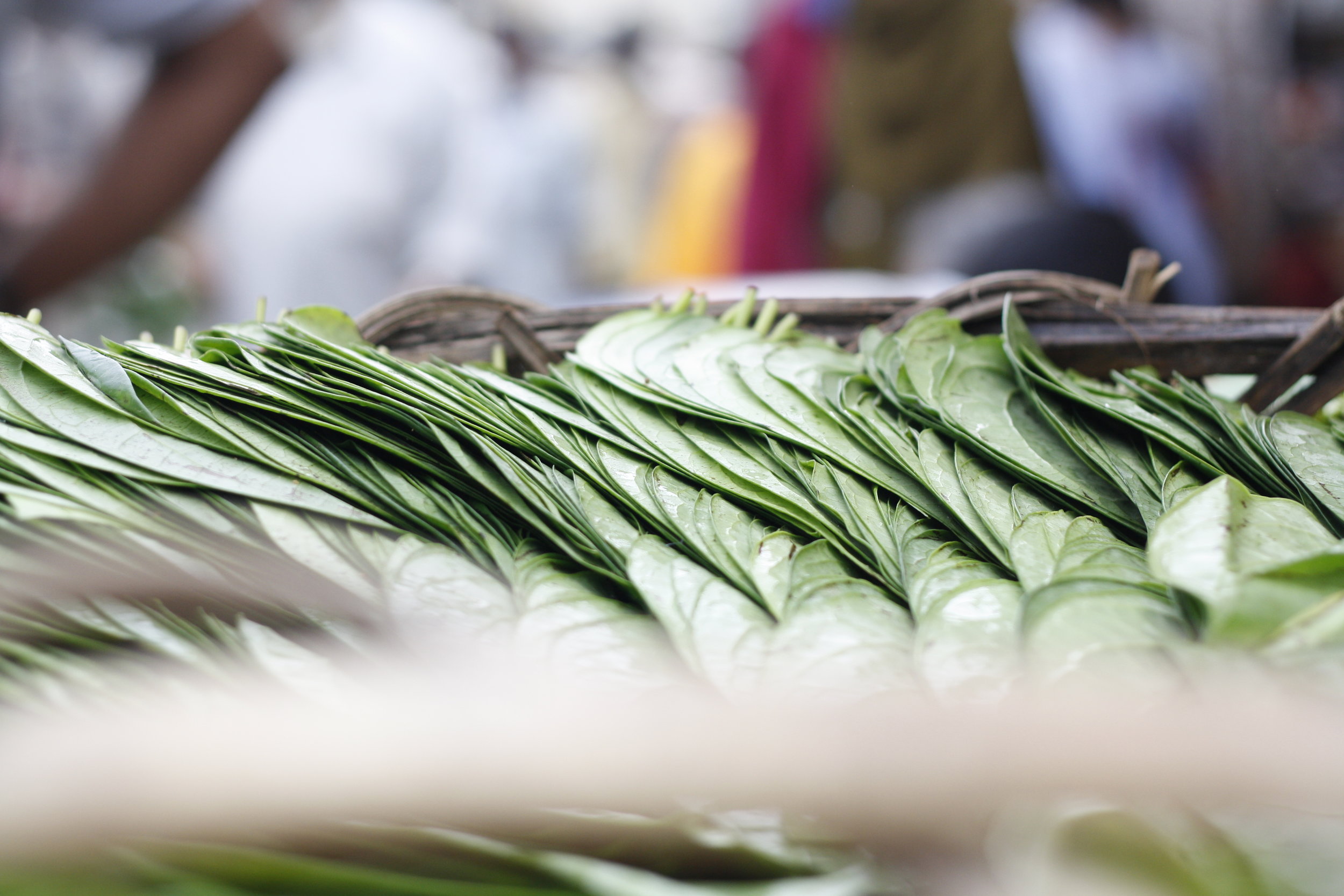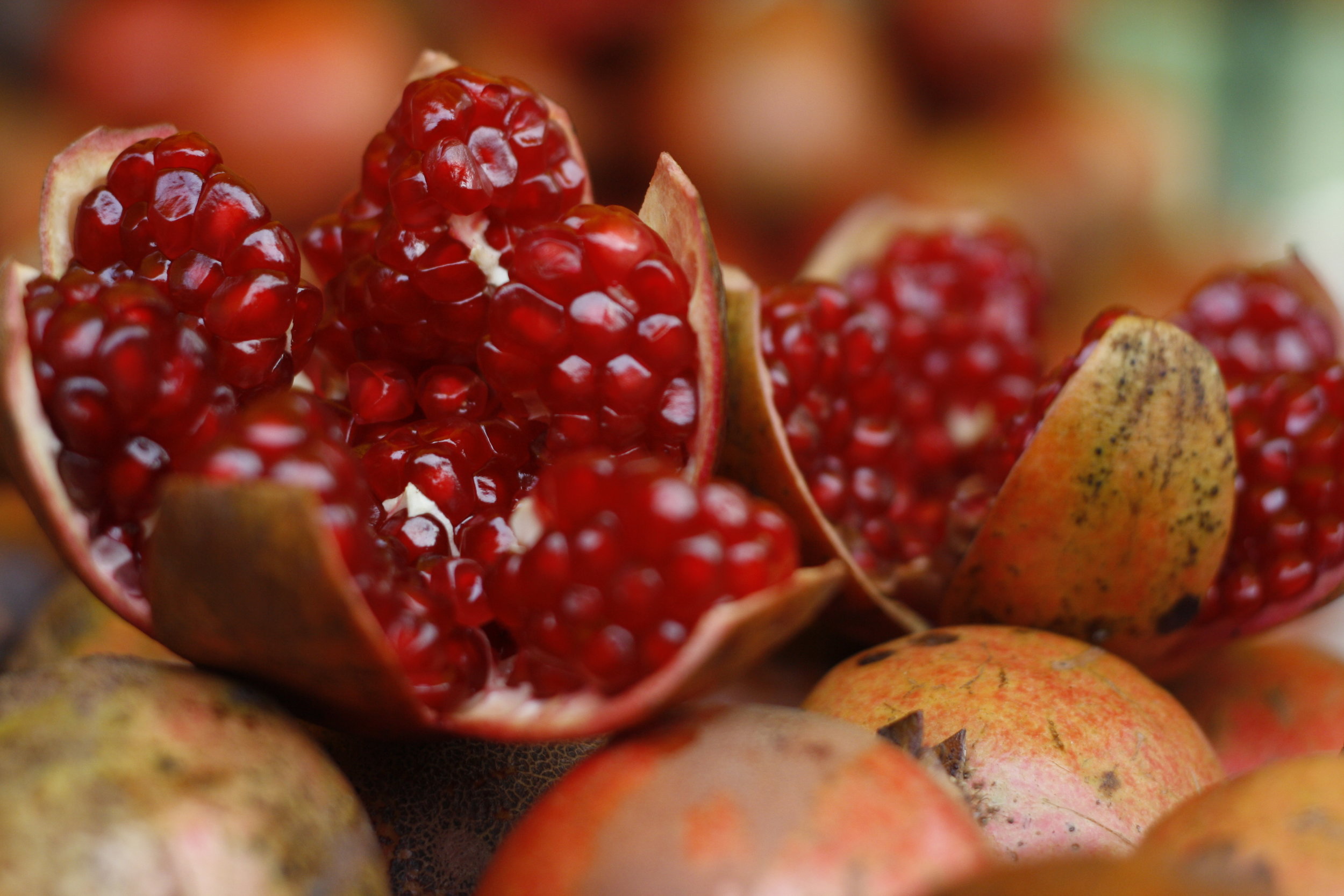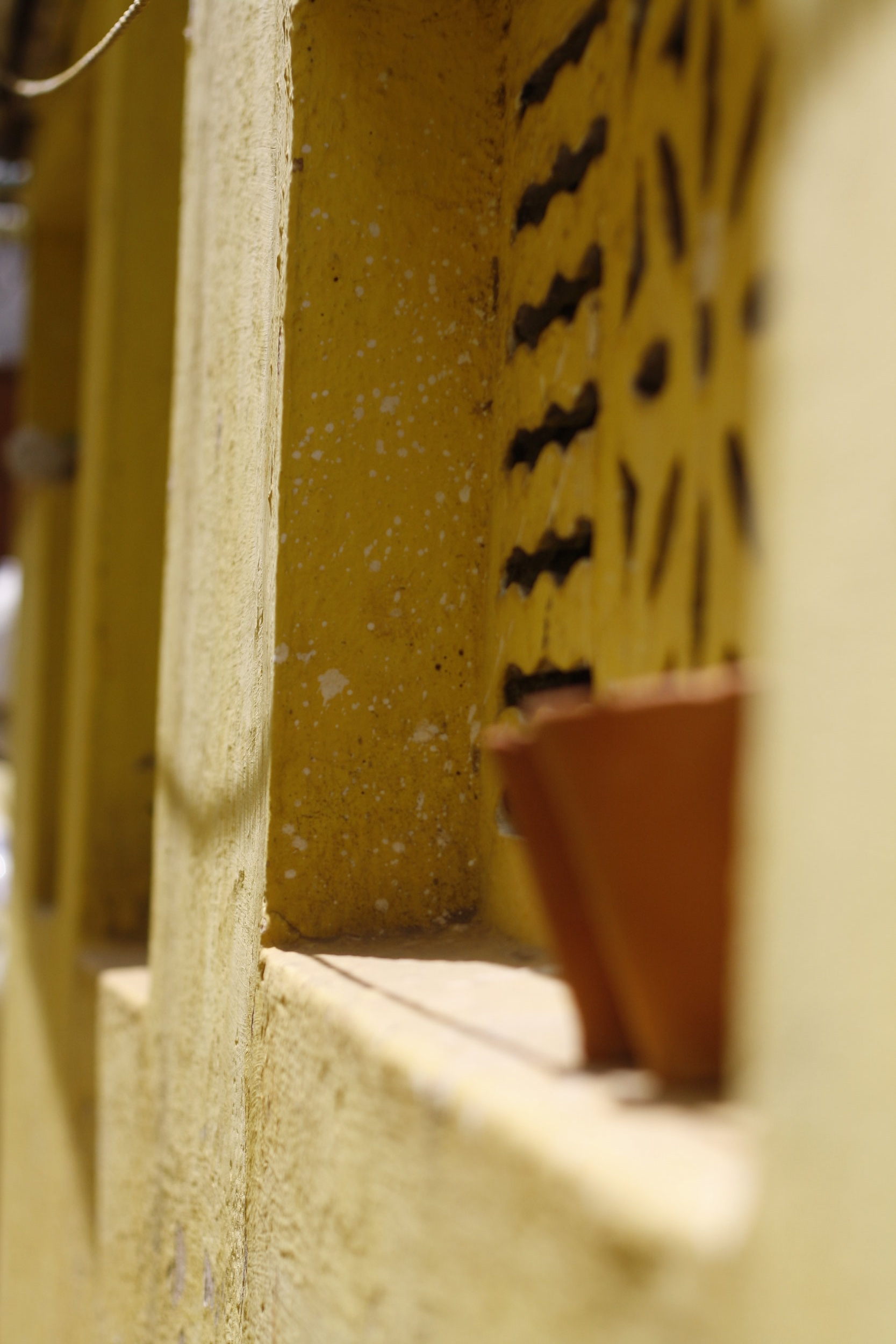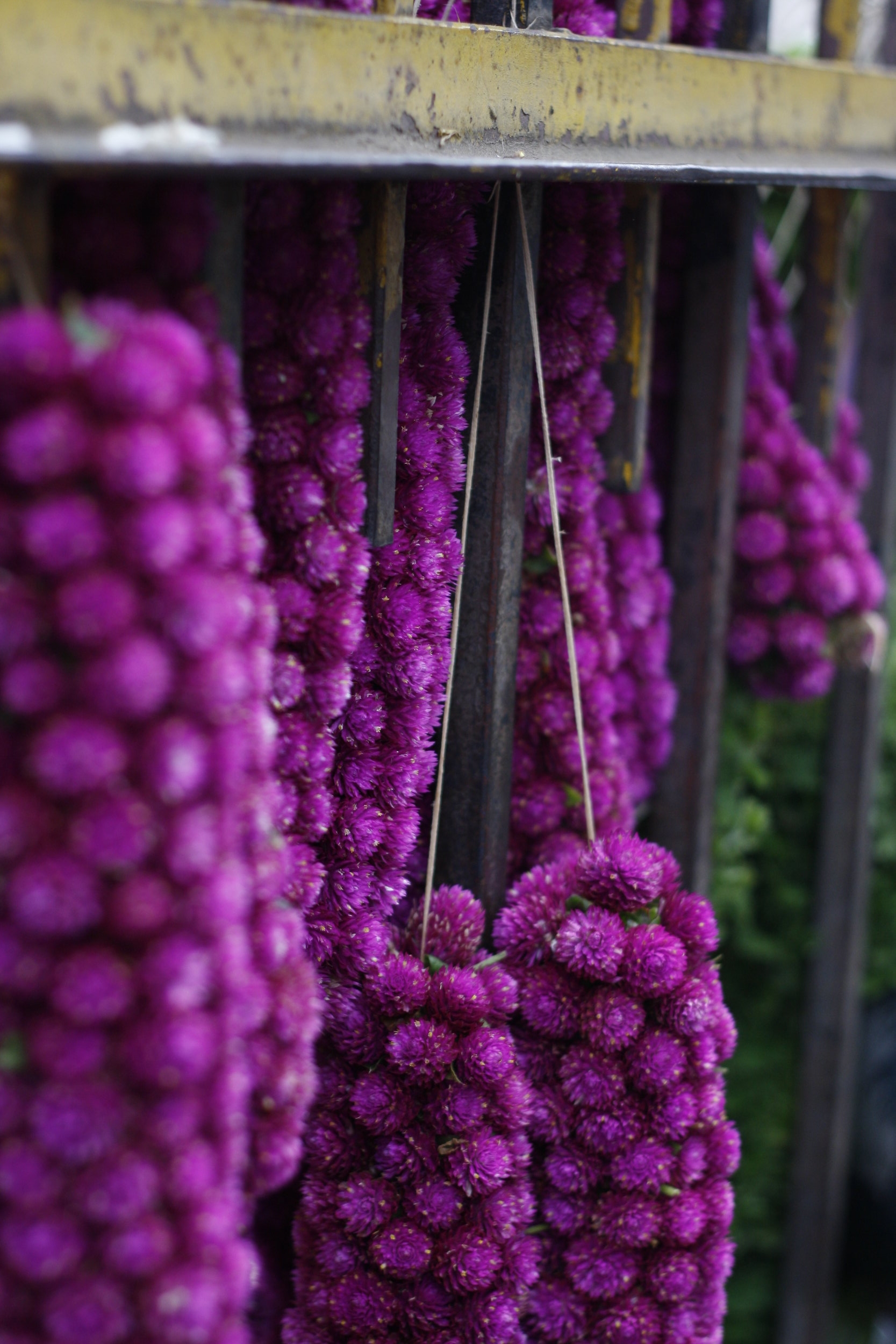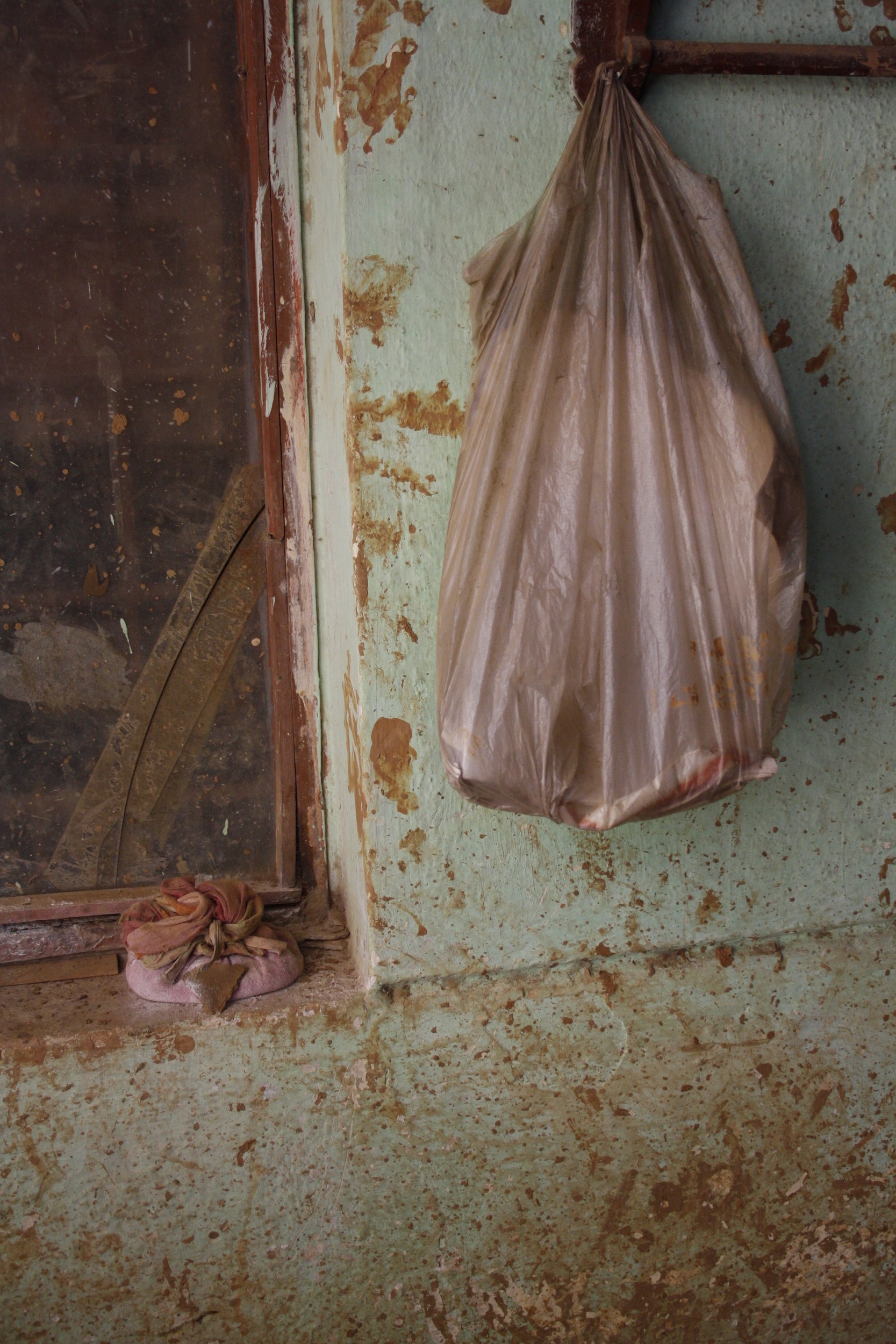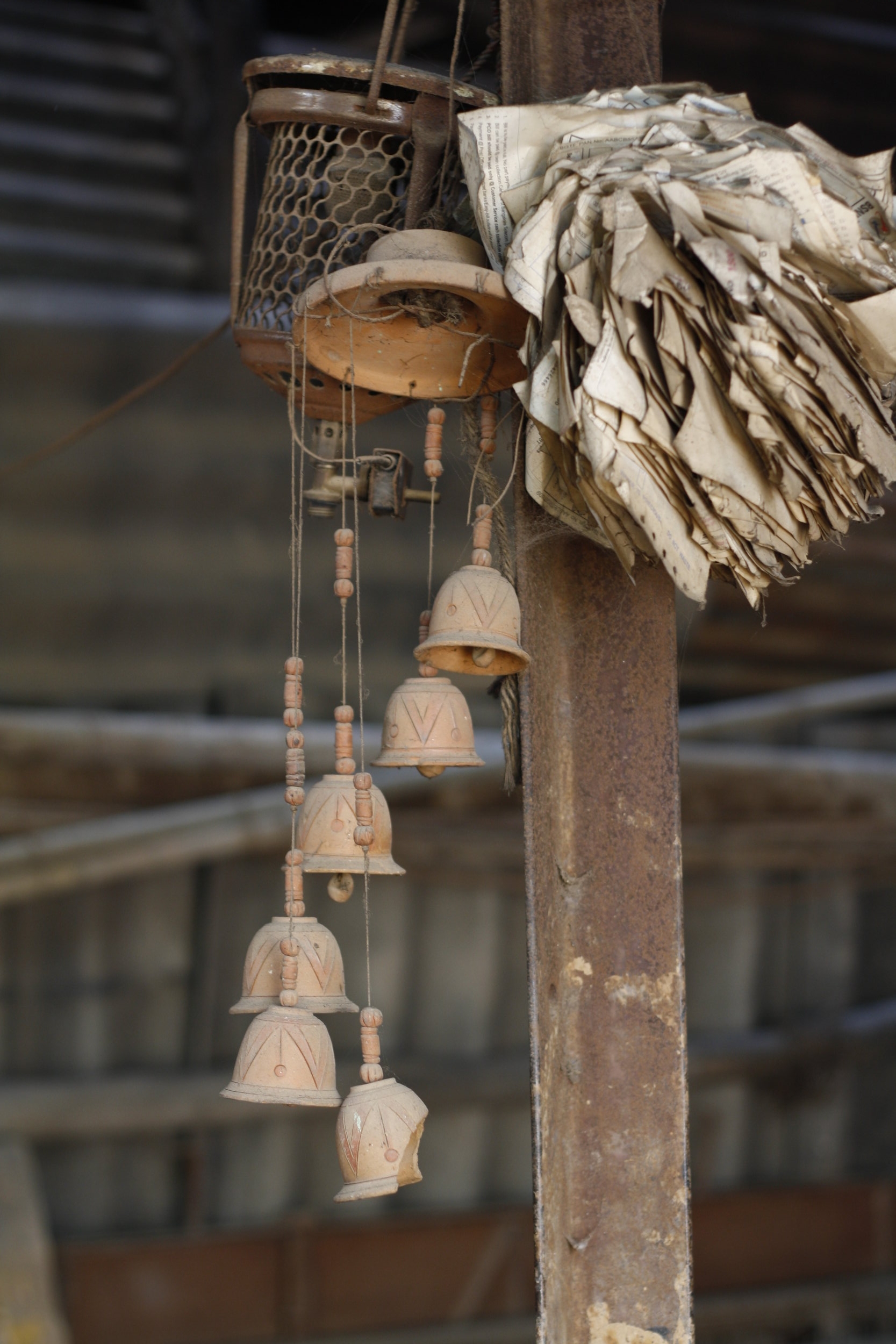Terracotta, do we deserve you?
The first time I watched a clay artist at work was as a preteen in school, during my elective Pottery classes. He spent most of our one hour sessions squatted close to his wheel, as he caressed the clay into recognisable shapes—swiftly, in fluid motions. His hands were cracked and dry, but they moved gracefully as he turned mush into art. Ever so often, and without warning, he would cut a thread through a sphere of clay he had spent considerable time perfecting—dismantling it in an instant. Then, he would start from scratch.He glanced disapprovingly at my feeble attempts to emulate his mastered precision but offered extra classes at his workshop on weekends. I never took him up on it, and that was that. Eventually, I lost interest in learning the art, but my appreciation for it never diminished. Terracotta art is inherently enchanting, primarily because it’s contemporary application is a glimpse into the rich and vibrant cultural tradition rooted humbly in the history of our civilisation.
Instances of terracotta being widely used in ancient times reflect the resourcefulness and creativity of our ancestors. The widespread use of terracotta is largely attributed to its versatile functionality. While the material is now usually associated with interior decoration, potted plants, or containers; historically this ‘baked earth’ has been utilised for weaponry, jewellery, architecture, storage, statues and habitable structures.Over time, it’s utility has become part of cultural vernacular. In north India, tea served in glazed terracotta cups is called ‘kulhad chai’, which is a concept as old as the tradition of serving chai itself, but rooted in practicality. The material and manufacturing process makes terracotta resistant to heat absorption, hence making it easier for someone to drink a hot beverage in it without burning their fingers. Of course, today the concept is being reclaimed by hipster cafes and posh restaurants as a stylistic nod to the ancient tradition.
Although terracotta art has utilitarian roots, artistic expression through the material is attributed to its adaptability and easy procurement. The Aiyanar community in Tamil Nadu, as well as various tribal sects in Madhya Pradesh, are known for clay pottery which holds religious and ritualistic significance, whereas in Gujarat clay art has taken intricate and commercial forms. The discovery of the Chinese ‘terracotta army’—a 2,000-year-old collection of around 8,000 life-size clay statues depicting the army of China’s first Emperor—more than 40 years ago, proves that the roots of terracotta art stretch deep and wide. Terracotta is also viable as an eco-friendly material, owing to the facts that it is ethically sourced, reusable and advisable for waste management. Besides the green living appeal, the fact that supporting terracotta artists, in turn, promotes and sustains indigenous handicraft industries must encourage investment in functional items or art created through this technique.Having spent some time contemplating terracotta, I cannot help but wonder if—perhaps, in retrospect, the extra pottery classes would’ve served me well. In any case, the beauty of this art form lies in its humility. It is a form created and perpetuated by and for the masses. In practice, terracotta art is purely democratic.







